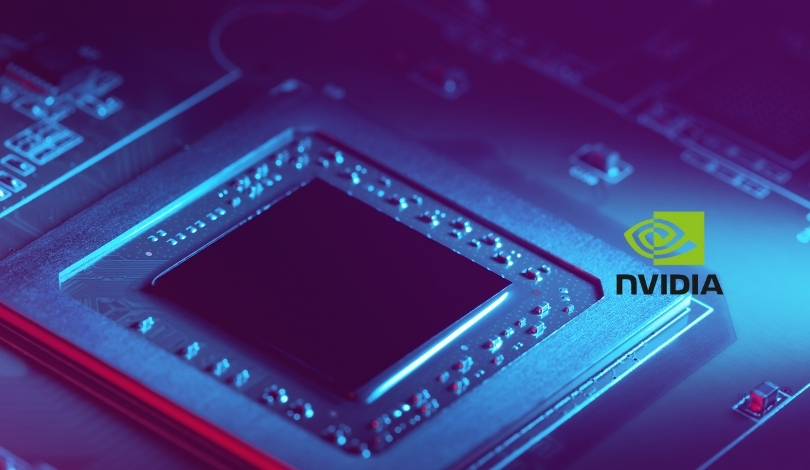Nvidia’s latest financial report has drawn attention from investors and industry observers, highlighting another quarter of significant growth in revenue and net income. Despite surpassing Wall Street expectations, Nvidia has encountered obstacles in its core data center business due to geopolitical friction and shifting regulatory landscapes. Share prices responded with a decline as the company’s data center sales missed analyst estimates slightly, reflecting market sensitivities to both competitive forces and policy uncertainties. Economic and technological trends in the semiconductor industry add context to Nvidia’s current position, especially given the company’s dual reliance on global AI investment and sensitive international trade dynamics.
Assessing recent coverage, Nvidia’s strategies have consistently balanced robust gains with wariness over regulatory setbacks in China. Reports over prior quarters have already chronicled the company’s efforts to tailor products for the Chinese market and highlighted recurring challenges from evolving U.S. export controls. While earlier quarters underscored Nvidia’s surging data center growth, this quarter draws more attention to the friction caused by China-focused constraints, alongside continued strength in other product lines and expansion into robotics and autonomous technologies.
Growth Outpaces Expectations but Concerns Emerge
The chipmaker posted a 56 percent increase in revenue year-over-year to $46.7 billion for the May to July quarter. Net income rose by 59 percent, reaching $26.4 billion. Still, Nvidia’s core data center segment reported $41.1 billion in revenue, slightly under analyst projections of $41.3 billion. The company saw headwinds from ongoing export restrictions affecting its H20 chip, a product designed to comply with U.S. regulations for the Chinese market.
What Is the Status of Nvidia’s China Market Efforts?
Export regulations temporarily halted H20 chip sales to China in April, following a ban implemented under the Trump administration. Nvidia CEO Jensen Huang lobbied for a reversal, succeeding in securing conditional export allowances that would require the company to allocate 15 percent of H20 revenues to the U.S. government.
“Washington has not published a regulation codifying such requirement,”
stated chief financial officer Colette Kress, indicating regulatory uncertainty remains.
Can Nvidia Sustain its Expansion Beyond Data Centers?
Beyond its central data center offerings, Nvidia’s other business divisions saw notable increases. Gaming revenues reached $4.2 billion, while professional visualization and original equipment manufacturer sales contributed $601 million and $173 million, respectively. The company’s automotive and robotics segment, though only 1 percent of total sales, achieved $586 million in revenue, reflecting a 69 percent growth.
“As a result of agentic A.I. and vision-language models, we are now seeing a breakthrough in physical A.I. in robotics and autonomous systems,”
commented Huang, highlighting expansion opportunities.
With China accounting for nearly half the global AI research talent and presenting a potential $50 billion annual opportunity, Nvidia continues to advocate for engagement in the region. H20 chip sales, if restrictions are relaxed, could generate between $2 billion and $5 billion in the upcoming quarter, primarily from existing inventory. Meanwhile, Nvidia is developing a new chip tailored for China, aiming to address ongoing security concerns raised by Chinese authorities.
Nvidia’s recent earnings reflect both the demand for its technology and the volatility created by international policy shifts. While significant earnings growth demonstrates Nvidia’s ability to navigate supply and demand fundamentals, the setback in China highlights how global regulatory measures can disrupt even the world’s leading chipmakers. Investors watching Nvidia should weigh its diversification into sectors like robotics, its persistent innovation for regional markets, and the risk of future regulation. The overlap of geopolitical interests with rapidly scaling AI markets means that regulatory changes—either tightening or loosening—will continue to influence Nvidia’s outlook and industry leadership. For stakeholders seeking stability, monitoring both quarterly performance and policy developments remains essential for anticipating shifts in the semiconductor landscape.
- Nvidia posted a 56% year-over-year revenue increase but faced China export hurdles.
- H20 chip sales remain uncertain due to U.S.-China regulatory complexities.
- Expansion in gaming and robotics supports Nvidia’s growth amid policy risks.










